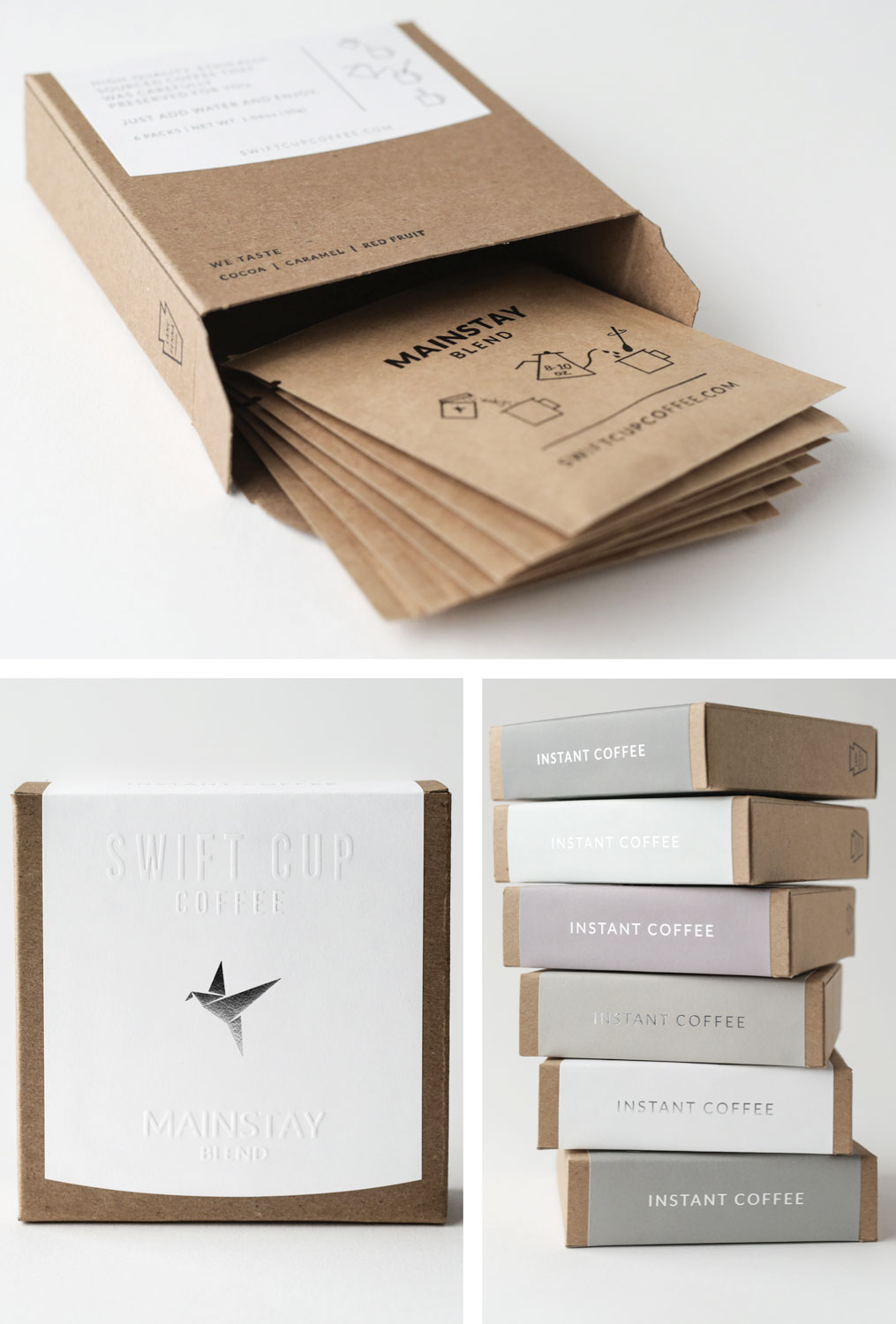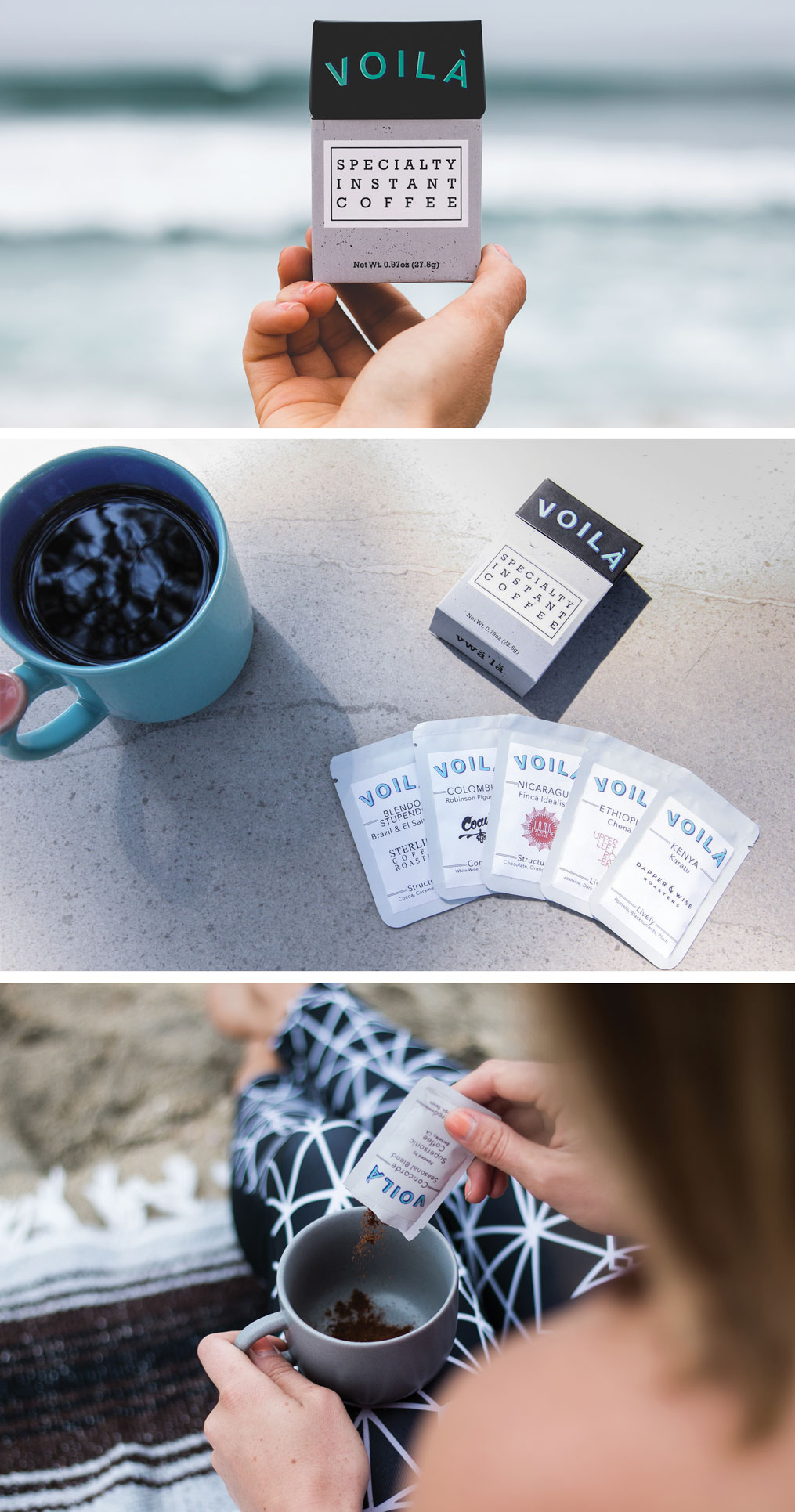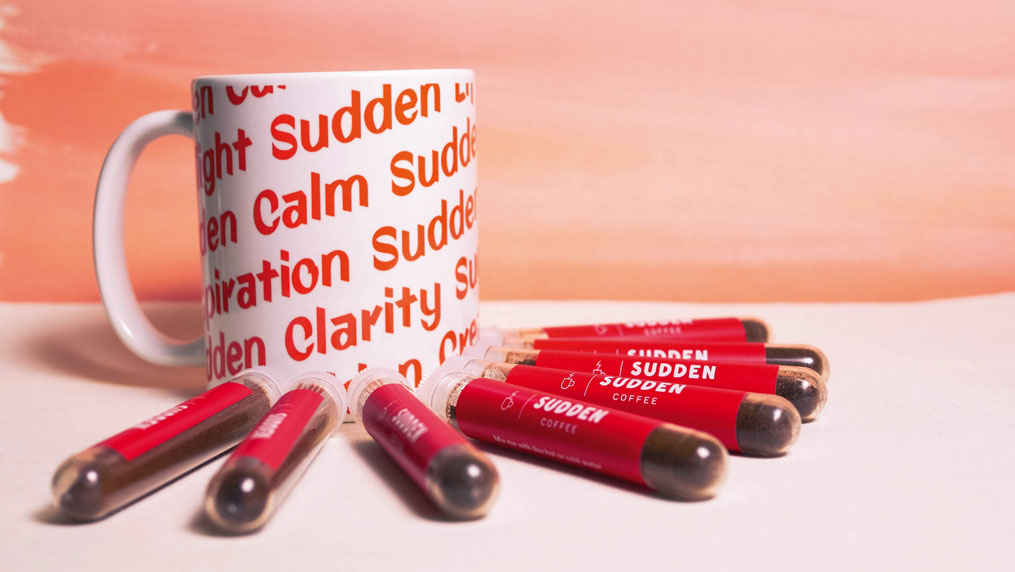Photo by Joel Riner
[T]he instant coffee industry began as a progression of the Second Industrial Revolution into food and drink. Then necessity launched it into more widespread use during World War II.
“It’s difficult in trenches to brew coffee, so having instant coffee was a big improvement,” says Mark Pendergrast, author of Uncommon Grounds.
In 1965, Nestlé changed the world when it introduced its freeze-dried coffee brand Nescafé. And in 2009, Starbucks released Via, a micro-ground freeze-dried packet for the new generation.
Instant coffee should be quick and easy, a pantry staple. It is also a gateway for tea drinkers and a convenience for those who just need a quick fix of caffeine or who aren’t able to brew coffee fresh.
Mass-produced foods have a reputation for being awful, cheap, and a last resort. But in 2015 and 2016, a few people within the specialty coffee industry began to ask themselves, “Does instant coffee really have to be so bad?”
Specialty Coffee, Instantly
In its simplest definition, instant coffee is brewed coffee that is dehydrated into crystals. When you’re ready to be caffeinated, just add water, hot or cold, and it is instantly ready to drink.
There are two basic methods of dehydrating coffee:
- Spray drying is the most efficient and cost-effective method, but it also strips the aromatic compounds out of the coffee. It’s a substrate for caffeine made at a low cost to producer and consumer, but at the expense of flavor and quality.
- Freeze drying preserves more of the nuances of the original brew and is a more moldable process. Although a little more expensive, this process is currently used by all the specialty instant coffee producers (consumer prices range from $1.75 to $3.25 per cup).
“It is the best way of preserving anything, really,” says Nate Kaiser of Swift Cup Coffee, a specialty instant coffee company in Lancaster, Pennsylvania. “This is what pharmaceutical companies do to preserve DNA and blood and things that have a lot of volatility to them.”
Traditional instant coffee hasn’t always been the bad guy, but progress and convenience have changed it. “I think it deserves to be frowned upon, because of what companies do to cut costs and make the cheapest product possible,” says Kent Sheridan, founder and part-time janitor of Voilà Coffee, a rising instant coffee producer in Bend, Oregon. “They use really low-quality coffee, to begin with, then use technology and a process that doesn’t represent that coffee at all. In fact, it’s supposed to cover up the defects.”
Producing a Good Cup
In specialty coffee, we are intimate with the volatility of producing a good cup. We have developed standards, apps, charts, wheels, tools, equipment, methods, and whole organizations around defining how to control the unpredictability of coffee, from production to transportation to roasting to extraction. And that’s all great because it means that we are making more great-tasting cups of coffee than ever before. Yet, in a way, we are in danger of again making coffee elitist. In spite of all our grand intentions, a large percentage of the population in the United States still makes Folgers their morning staple or knows Starbucks as the only “local” coffee shop close to their house. But instant could change that.
“Me and my co-founder Kalle Freese found a lot of personal enjoyment out of coffee itself and serving other people coffee,” says Josh Zloof of Sudden Coffee, based in San Francisco. “Yet, we felt limited by the fact that with a traditional café you have to have four walls, and you have to be at the café to experience the coffee. We wanted a way to make it more accessible.”
The Question is “How?”
The main dilemma lies in keeping coffee fresh enough to yield a drink similar to the original brew, while also controlling or eliminating variables.
Zloof explains: “With whole beans, there’s realistically a two-week shelf life if you’re trying to get into grocery stores. And you don’t know if the customer is brewing it properly or drinking it as it was intended to be. With instant, we can take a coffee from Equator
Coffee & Teas and introduce it to people across the world, and it’s preserved perfectly brewed as they would want it to be brewed in the café.”
Kaiser puts it this way: “There has been this great divide between those who are interested in specialty coffee and those who are conventional coffee drinkers. I think instant coffee offers the ability to speak to a new consumer base in a way that has been unapproachable in the past.”
The rise of instant coffee within specialty parameters is also good news for travelers, hikers, and outdoor enthusiasts and professionals. You can now buy tubes of Sudden Coffee in a couple airports and their Equator collaboration at REI Co-op, and pretty much every camping gear marketing campaign has a shot of people drinking coffee around a campfire.
“Throughout the industry as a whole,” says Sheridan of Voilà, “we’ve seen a big push for camp coffee and travel kits. So, I think there’s been a lot of industry awareness towards taking this really high-end craft product and making it more accessible.”
Controlling the Variables
Although instant coffee makes up one-third of the global retail coffee market, there are only a handful of specialty instant coffee producers on the market at the moment and a few entrepreneurial roasters.
What sets today’s specialty instant apart from instant coffee of yesteryear are their sourcing practices, their use of Arabica beans instead of Robusta, and their desire to represent the coffees they brew. What differentiates them from each other is carefully researched and meticulously tested processes unique to each company that best exhibit that company’s tastes and values.
“We start with the highest quality of coffees,” says Kaiser of Swift Cup, “then we had to develop a method both on the brewing side and the freeze-drying side that allowed us to have some sort of scalability while also preserving that quality.”
Proprietary Process
Each company closely guards its “proprietary process,” but all have developed products that they believe in and drink regularly. They use phrases like “simplified flavors” and “similar to regular coffee.” They come in a range of origins, from Colombia and Kenya to Ethiopia, Papua New Guinea, and Peru. Some can resemble the complexities of a pour-over or drip coffee, free of any “instant-y” or “metallic” taste.
Instant specialty coffee companies may be secretive about their processes, but they are inclusive with their products. Each is working with roasters to source quality, sustainable coffee, as well as partnering with them to expand their brand and make their coffees more portable and extendable.
“We were impressed by how much of the acidity, the body, the richness is preserved when Swift Cup processes our coffees,” says Todd Purse of Brandywine Coffee Roasters in Wilmington, Delaware.
“I hope that instant coffee will play a major role in converting consumers from regular coffee drinkers to specialty coffee drinkers,” Sheridan says. “Instant, hopefully, will be a key player in making specialty coffee a household name.”



















